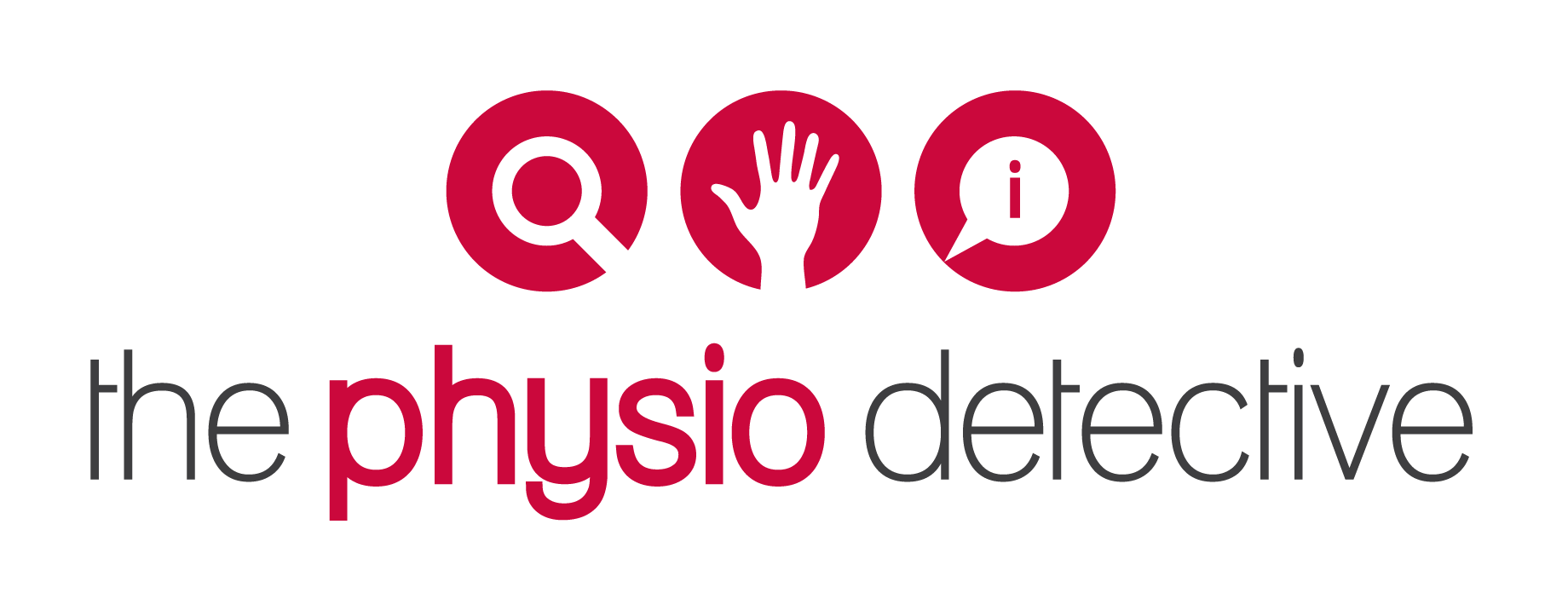What is "Stability" and "Core Stability"? Busting the myths!
One of my pet peeves is how health and fitness professionals and the general public throw around terms like "stability", "core stability" and "unstable joints". This blog post hopes to address some of these issues and shed light on why there are so many well-meaning but simply incorrect education out there about how to develop good "core stability".
What is Stability?
My favourite definition was taught to me by Diane Lee many many moons ago...
“The effective accommodation of the joints to each specific load demand through an adequately tailored joint compression, as a function of gravity, coordinated muscle and ligament forces, to produce effective joint reaction forces under changing conditions.
Optimal stability is achieved when the balance between performance (the level of stability) and effort is optimized to economize the use of energy.
Non‐optimal joint stability implicates altered laxity/stiffness values leading to increased joint translations resulting in a new joint position and/or exaggerated/reduced joint compression, with a disturbed performance/effort ratio. (Vleeming A, Albert H B, van der Helm F C T, Lee D, Ostgaard H C, Stuge B, Sturesson B, 2004, European guidelines on the diagnosis and treatment of pelvic girdle pain - from http://dianelee.ca/articles/2PelvicStability&Yourcore.pdf)
Let's break it down
"The effective accommodation of the joints to each specific load demand through an adequately tailored joint compression, as a function of gravity, coordinated muscle and ligament forces, to produce effective joint reaction forces under changing conditions."
Joint Stability is simply being able to control the joint against various forces/tension and to tailor it for each joint, whether static or dynamic (moving or not) moment by moment. That is it. The problem is that most people I know think that tensing harder means you are "more stable"...but is that true?
Optimal stability is achieved when the balance between performance (the level of stability) and effort is optimized to economize the use of energy.
The problem is that if you were as strong and as stiff as possible, you would be able to move and adapt to what is going on around you. You need to be able to perform what you need to do with just the right amount of effort so you don't spend all your energy nor do you cause injuries. For a front row forward in Rugby or a Lineman in the NFL, it means that they have to resist massive forces...so they need lots of muscle mass and strength. This is often achieved by sacrificing speed and agility...but that is ok because in NFL, a lineman isn't expected to chase after wide receiver. In Rugby, a forward is expected to stop another forward.
Optimal stability is efficient.
Would you call it efficient if you were at work, sitting at your desk using your computer and you held yourself as stiffly as possibly. You would tire very quickly but you would be "stable". It isn't optimal because you don't need to be that stable to do your job. In fact, that amount of joint compression for 8-10 hours would actually cause problems!
Non‐optimal joint stability implicates altered laxity/stiffness values leading to increased joint translations resulting in a new joint position and/or exaggerated/reduced joint compression, with a disturbed performance/effort ratio.
Non-optimal joint stability is simply where you either have too much movement or too little movement. I covered too little movement in the example above.
Non-optimal stability is inefficient.
If you are seeking to transmit force and torque along your bones to do something, then having joints sliding around will "bleed off" some of that force...it is wasted energy. Not only that, you will possibly injure the joint by either spraining, straining or "pinching" something.
Imagine trying to thread a needle. Anyone who has tried knows that you need a good pair of steady hands to get the small piece of thread into the small eye of the needle. Now, imagine that you are trying to do this while sitting in the middle of the ocean on a small rocking boat...standing on one leg. It is simply harder and less efficient. But if you allow these compensations to occur in your joints, then you will spend energy just trying to keep them still...this leave less energy to actually completing your task.
Busting Some Myths!
There are plenty of myths out there...I will be covering these myths in different blog posts.
- Having lots of muscle makes you have good stability
- Sucking your tummy in is how you activate your core
- Doing Kegels is all you need to do to have a strong pelvic floor
- The Plank is a good test of your core
- Stability is for your low back and pelvis
...and plenty more!
Everything is Testable
The way I work is that it must produce results. I test every cue I give you and every exercise and stretch you get taught.
Watch this video for an example of one posture cue that I tested on a friend...I do this type of testing on everyone.
Put your requests in!
Comment below with some of the cues or advice you have been given about "core stability" or "stability" in general and I can tell you if it is a myth or if it is truth!


Great article Antony! I am forever explaining this to patients (especially runners and shoulder patients), and then teaching them how to achieve effective dynamic stability… Its incredible the strategies the body uses to achieve stability sometimes!
Thanks Jess 🙂 I figured it was time to write something down because I have to explain it all the time to patients as well!
Any other myths you want me to discuss?
Pingback : Core Stability Myth 1 – Having lots of muscles means you have good stability | The Physio Detective
Pingback : Therapy Reads 8/24 – 8/30/13 | ActivePTblog